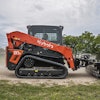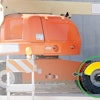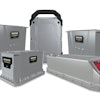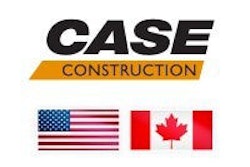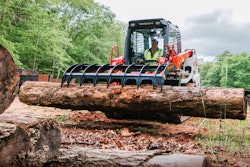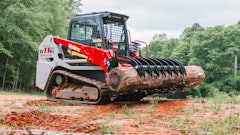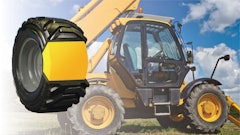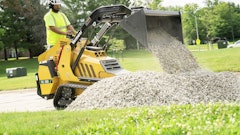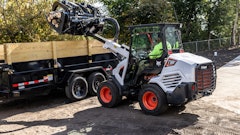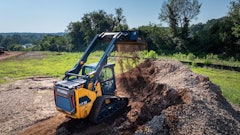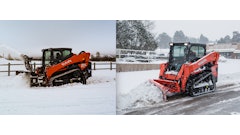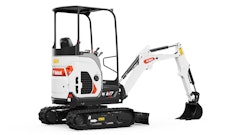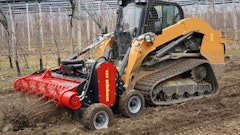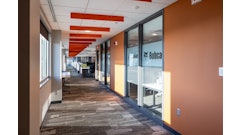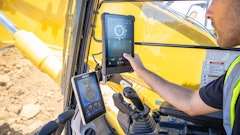Since its inception, the compact track loader has witnessed exponential growth. Many contractors replaced skid steers in their fleet with compact track loaders, which offered a new level of capability. But the recent economic downturn makes it all but impossible to accurately track construction equipment trends. So we turned to the compact track loader manufacturers to get the latest information on what they see on the horizon.
“At Case we saw an initial surge of interest sales of compact track loaders that lasted up until around 2008,” recalls Curtis Goettel, marketing manager, Case Construction. “A lot of those machines were put to work on applications that had always been handled by skid steers. More recently, contractors are again buying skid steers for traditional skid steer applications, and they’re buying CTLs for their strengths in certain applications.”
Terex Construction Americas has also witnessed a market shift. “There has been a shift in popularity back to the skid-steer loader market,” says Jamie Wright, product manager, Terex Construction Americas. “This is largely due to economic trends in the industry – the compact track loader trend started in early 2003 as a result of contractors wanting to get jobs faster, no matter what the acquisition costs or operational costs of the unit.”
Wright adds, “With the economic downturn in 2008, contractors are being more selective and looking for ways to manage their equipment inventories more efficiently. As part of this, they are adding skid-steer loaders back into their fleets (since they are able to accomplish many of the same tasks at a lower expense).”
But Bobcat Company still sees track loaders growing faster than skid steers. “As far as a percentage of machines, the growth of the track loaders is still growing at a faster pace than skid steers,” notes Mike Fitzgerald, Bobcat. But the economy has impacted the mix. “Compact track loaders are more expensive. There are a lot of benefits to track loaders, but right now people are watching their dollars much closer. Trying to assess why one type of machine is selling better than another right now is very difficult. If, in the industry, it looks like the skid steers are growing at a faster pace than track loaders, it is probably because a guy can have a piece of equipment for less initial investment.”
Gehl also continues to see strong growth in the tack loader market. “The marketplace for track loader has remained robust and has shown a good increase into 2011,” notes Kelly Moore, skid loader product manager, Gehl. “While skid loader sales have increased in 2011 over 2010, they have not technically been as robust as track loaders. The wet weather conditions play the strongest role in track loader sales, keeping them buoyant due to the better performance in wet applications.”
Brian Rabe, track loader product manager, Gehl, explains, “Track loader sales initially soared and most certainly stole some skid loader sales. “End users now better understand which machines excel in varying applications and their operating costs. “This has provided end users with a better balanced understanding of which type of equipment best suits their applications and we expect both segments to grow in the future with a more consistent growth balance between segments.”


